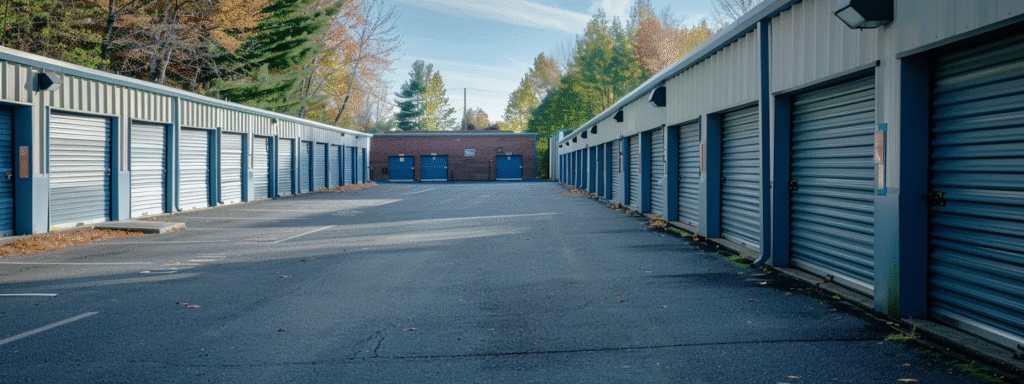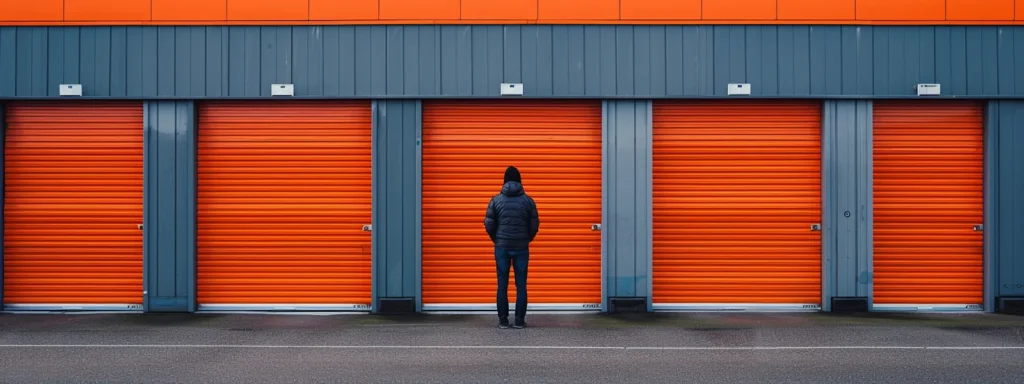Stepping into the world of self-storage can be an overwhelming endeavor for those inexperienced with the process. Whether you’re decluttering, moving, or simply in need of additional space to store your personal belongings, understanding how to navigate the terrain of renting a storage unit is crucial. Knowing the basics, from choosing the right size to comprehending the rental agreement, can ensure that your stored items remain secure and accessible. Keep reading to unlock the simple steps to securing your very own storage space.
Understanding the Basics of Self-Storage Rentals
Self-storage provides a convenient solution for individuals and businesses needing extra space. These facilities offer a range of unit sizes and types to store possessions temporarily or for more extended periods. Understanding the basics begins with recognizing the importance of facility location, security features, and access hours, which can significantly impact the rental experience. Some facilities, such as US Self Storage, may offer additional services to assist with the transition, like the rental of moving trucks or the purchase of packing materials.
Before choosing a storage facility, consider the lease terms. Will you need a month-to-month rental, or would a long-term lease better suit your needs? Furthermore, understanding the financial commitment, including costs, deposits, and potential fees, is crucial. Be sure to inquire about any special offers or discounts that may be available.
Insurance for your stored items is another essential consideration. While many facilities offer their own insurance plans, verify the coverage details and determine if your existing homeowners or renters insurance policy extends to items stored off-premises. This will safeguard your belongings against potential damage or loss.
Evaluating Different Types of Self-Storage Units

Self-storage units come in various forms, each catering to different storage requirements. The most common types are indoor units, which provide added security and sometimes climate control, and outdoor units, which typically allow for drive-up access and are ideal for larger items, including vehicles.
For delicate items like wooden furniture, antiques, or electronics, climate-controlled units maintain a consistent temperature and humidity level to prevent damage. Non-climate-controlled units are suitable for items that aren’t sensitive to temperature changes and can withstand seasonal fluctuations.
Additionally, security provisions differ from one facility to another. High-quality security measures might include gated entry, surveillance cameras, individual alarms for units, and on-site personnel. Make sure you are comfortable with the security levels before making a decision.
Tips for Choosing the Right Size of Storage Unit
Selecting the correct size for your self-storage unit is crucial for both practical and economic reasons. A unit that is too small will be cramped and may lead to damage, while one that is too large will have unnecessary space, costing you more money. Start by making a list of items you plan to store, as this will help gauge the space needed.
Many storage facilities offer size guides or virtual tools to provide an estimate of the appropriate unit size based on the inventory of items you wish to store. For example, a small unit may suffice for boxes of documents or a few pieces of furniture, whereas a larger unit may be needed for household appliances or vehicle storage.
The stackability of your belongings also impacts the size selection. If you’re storing stackable boxes or furniture that can be dismantled, you might manage with a smaller space. Conversely, oddly shaped or fragile items that require single-layer storage will mean a larger unit is necessary.
The Process of Renting a Self-Storage Unit
The process of renting a self-storage unit is relatively straightforward but requires attention to detail. Begin with research; visit facilities in your desired location and compare their offerings. Online reviews and recommendations can also provide insight into customer satisfaction.
Once you’ve narrowed down your choices, reach out to the chosen facility to inquire about unit availability and to schedule a visit. This allows you to see the unit, gauge the cleanliness and security of the premises, and discuss the rental agreement with the facility’s staff. Here, you can also clarify any questions about the terms of service.
When you’re ready to proceed, you’ll be required to sign a rental agreement outlining the rental terms, payment schedule, and facility rules. Ensure you read and understand this document, as it is a legally binding contract. You’ll also need to provide identification and, possibly, a refundable security deposit.
The final step involves moving your items into the storage unit. Take advantage of these services if available to streamline your storage experience.
By understanding the rental process, selecting the appropriate unit size and type, organizing your items efficiently, and ensuring their security, you can enjoy the benefits of supplemental storage space without worry. With this guide, you’re well-equipped to embark on your self-storage journey.


